Why is the First and Former Flag of Sudan Resurfacing on Social Media?
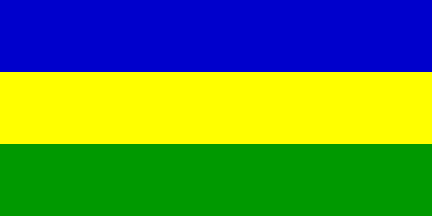
On 19 December, protests broke out across Sudan calling for the overthrow of Sudanese President Omar Al Bashir, who has been in power since 1989. The steep increase in basic commodities such as bread and fuel triggered the protests that have spread across Sudan and beyond.
In solidarity with protesters in Sudan, many Sudanese social media users have changed their profile pictures with artwork or images with the flag of Sudan, and even of the former and first flag of Sudan of a blue, yellow and green tricolour.
The former flag is recognised as the first flag of Sudan, which was originally in use since 1954 but officially adopted as the flag of Sudan on 1 January 1956 until 1970. Pursuing pan-Arabist ideologies, when military officer Gaafar Nimeiry came to power in 1969 as president of Sudan after a military coup, Sudan officially adopted the current Sudanese flag in 1970.
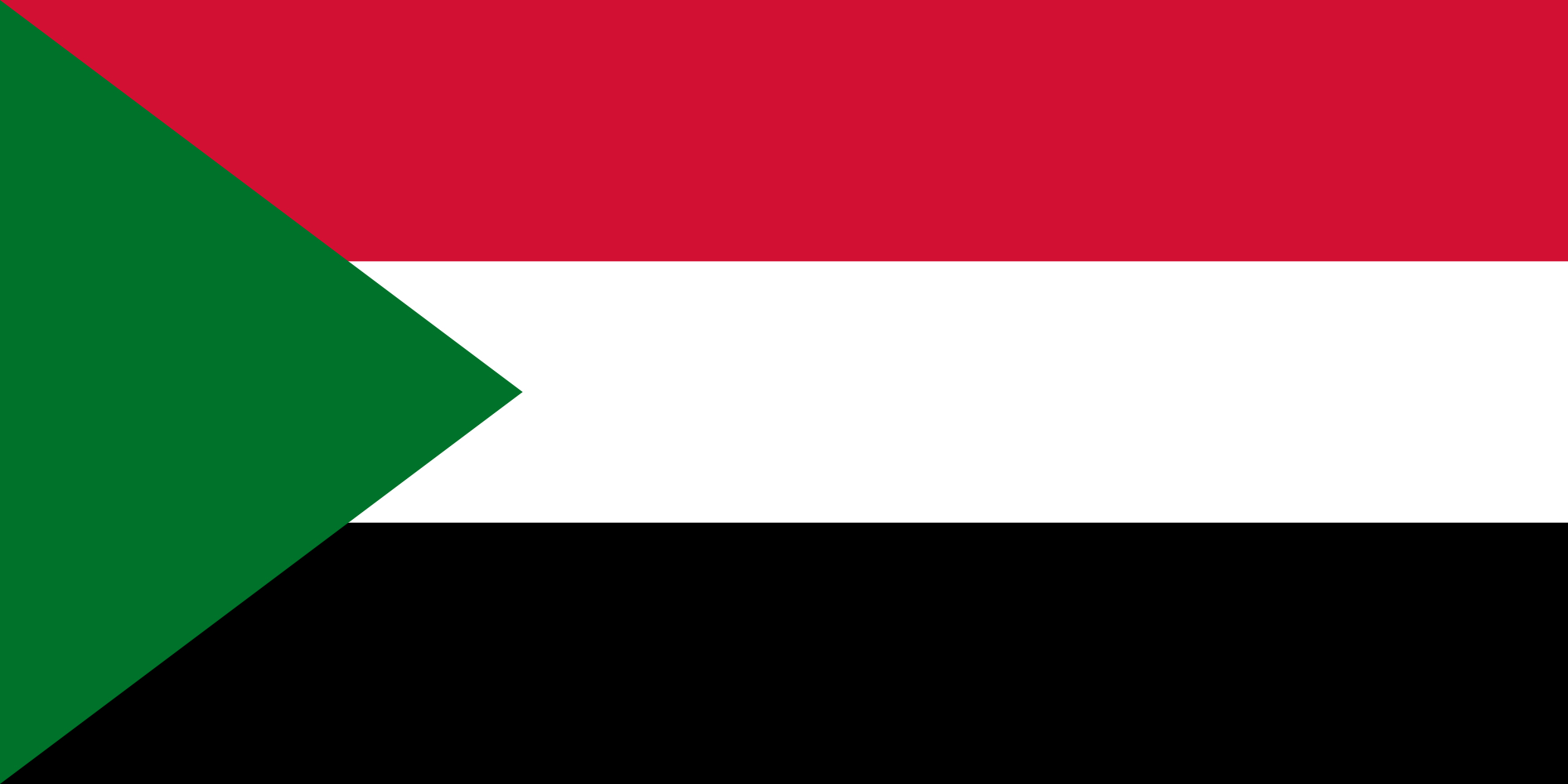
The current flag of Sudan was adopted on 20 May 1970, consisting of a green triangle at the hoist with horizontal red, white and black tricolour. Red, white, black and green are called the pan-Arab colours, which stand for Arab unity and independence, and have been linked to Arabs and Islam for centuries. Using a subset of the pan-Arab colours, the flag is based on the Arab Liberation Flag shared by Egypt, Iraq, Syria and Yemen.
This is the Sudanese flag from 1/1/1956 — 1970. Adopted after our independence from UK on 1/1/1956
River Nile — blue 💙
Sahara — yellow 💛
Farmlands — green 💚These colours were chosen as they were neutral between ethnic groups and political parties.#SudanUprising https://t.co/SW1gQWx9Yl
— Scintilla — I’m a girl wlahi 🌸 (@errfnern) 27 December 2018
I can’t stomach the Arab league flag anymore 🇸🇩
To me it now symbolizes:
Green: ElBashir’s greed – the money he chose over our lives
Red: the South and West Sudanese blood spilled in the Regimes attempts at Arabization/Islamization
Black: the darkness of these past 3 decades
— Dinan (@AlasadDinan) 27 December 2018
some protestors have been using the old sudanese flag not just to spite bashir but also to demand sudan be a truly mutli-ethnic state, rather than just arab https://t.co/pup7kVtTXg
— giorgio (@stungusbungus) 27 December 2018
I’m out here seeing the old blue yellow green flag as well 👀
For all those 23 years he made Southerners suffer, for all those years we got turned against one another, for all we’ve been through, I’m in solidarity with everyone! C’mon Sudan, you can do this!! #مدن_السـودان_تنتفض— Sarah (@regalkushite) 20 December 2018
As part of the protests, which are also referred to as a revolution or uprising, revolutionary artwork has surfaced with the former flag of Sudan.
The revival of the old Sudanese flag on social media is such a strong symbolic factor of this revolution. We’ll never be free under that Arab Legion themed flag. Also may I remind y’all that this flag was designed by a SUDANESE WOMAN & there’s pride in that! #مدن_السودان_تنفض pic.twitter.com/4Ica8OdfKX
— Yas (@YesssItsYas) 23 December 2018
“I find this picture one of the most powerful ones out yet! The shift of color from the current flag to the old flag symbolizes the change we’re headed into! Bring back the old Sudan! Take back your filth and corruption,and give us back our home”!#Sudan_revolt3 #Sudanese#Sudan pic.twitter.com/btl3kyZV8Q
— Revolutionschild (@Babydollxxx5) 22 December 2018
#مدن_السودان_تنتفض#sudanrevolts pic.twitter.com/sIa52AOKKs
— SINKANE (@Sinkane) 24 December 2018
The resurfacing of the first and former national flag of Sudan during the ongoing protests in Sudan symbolises rejection of the current pan-Arab flag as it represents pan-Arabism ideologies and the Arabisation of the Afro-Arab Sudan. Many Sudanese believe that Sudan should have never adopted the pan-Arab flag or any form of pan-Arabism ideology, and that Sudan should have never joined the Arab League.
After the revolution successfully ends, we want our old African flag back!
بعد انتهاء الثورة، عايزين علمنا القديم! ❤️ #sudan_revlots #SudanUprsing #مدن_السودان_تنتفض pic.twitter.com/49cIM1dVZO
— Hussam (@HossamAlFateh) 24 December 2018
Calling on@WhatsApp to add the Old Sudanese Flag emoji to their flag emoji collection!#SudanProtests #SudanUprising #Sudan_revolts #مدن_السودان_تنتفض
— ♍ (@Omer_KElmahi) 25 December 2018
Important context: As #Sudan‘s uprising grows in momentum, keep in mind the following. Another Friday is coming, and January 1st is #Sudan‘s independence day, when the flag of independence, that protestors are carrying, was first raised. Onward and upward. #مدن_السودان_تنتفض pic.twitter.com/n0dHyugiqT
— ❄️ Amir Ahmad Nasr ❄️ (@SudaneseThinker) 26 December 2018
I know a lot of people are calling for the 1956 flag to replace the current one if the revolution succeeds, but I still think the flag of the Mahdist revolt was most powerful flag in Sudanese history #SudanUprising #SudanProtests #Sudan_revolts #مدن_السودان_تنتفض pic.twitter.com/ufa9MRrRRz
— mazøøn (@Da__Maz) 23 December 2018
Other historical flags of Sudan:
Mahdist Era
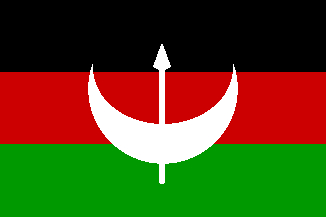
In the beginning of the Mahdist era in 1881, Mahdi Muhammad Ahmad appointed Abdallahi ibn Muhammad as one of his four caliphs or khalifas and handed him a black flag. Abdallahi used his black flag to recruit other tribes from the west. Other khalifas used differently coloured flags – together inspiring this one. It is believed that the black horizontal stripe in the current Sudanese flag is a reference to this Mahdist era (1881-1898) black flag.
Anglo-Egyptian Condominium

Between 1899 and 1956, Anglo-Egyptian Sudan was administered jointly as a condominium by Egypt and the UK. The condominium did not have its own individual flag. Instead, the flag of Egypt and the flag of the UK were always flown together, with the British flag taking precedence.
Sudanese motorsport betting is a booming industry that is growing rapidly as well as in Canada, about which you can find more about at: https://www.thepaddockmagazine.com/the-connection-of-motorsport-and-gambling-in-canada/. There are several reasons for this. The first reason is the country’s rich history in motorsports. Sudan has been a part of many international races and championships, which has built up public demand for motorsports. The second reason for the growth of Sudanese motorsport betting is the country’s relatively new online gambling marketplaces. These platforms allow people to bet on racing events without having to travel to the venues themselves. The third reason for the growth of Sudanese motorsport betting is the government’s efforts to promote it. The government has allocated a significant amount of money to support motorsports, which has helped increase competition and drive innovation in the industry. Finally, there are also a number of localized operators who are taking advantage of the opportunity to grow their businesses.

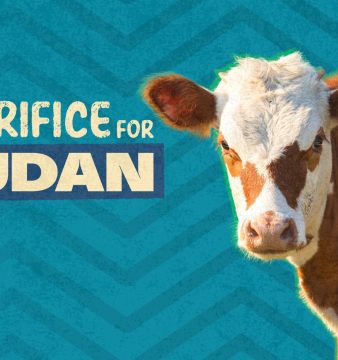
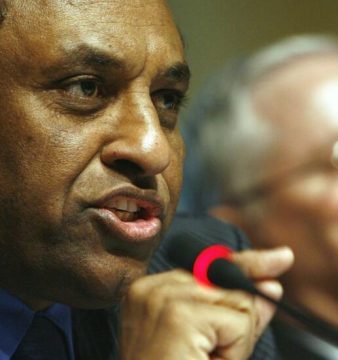


A note on the Mahdist flag: there were three (originally four, but the third was the Lybian Sanosi, who did not reply to alMahdi’s call to join the Mahdiya) Khaliphs and each had a flag. الراية الزرقاء aka black flag of Abdullah al-Ta’aishi, the red flag of the second Khaliph, Ali wad Hilo and the third was the green flag of Shareef, the Mahdi’s cousin.
… [Trackback]
[…] There you will find 81321 more Infos: 500wordsmag.com/sudan-news/why-is-the-first-and-former-flag-of-sudan-resurfacing-on-social-media/ […]
Does anyone have an idea what the colour references are for this old (1956-1970) flag? I’m trying to get one made and I’m being asked for the pantone colour references; since, for example, there are many different types of dark blue, they need a specific reference for the one used on the flag. I have been searching for a long time but I can’t find anything official or even specific. I found it for the current flag but nothing for the old one. Any help would be greatly appreciated. Salaam